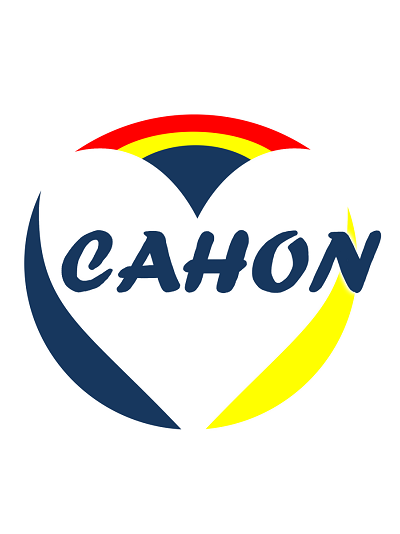HCB101: a novel potent ligand-trap Fc-fusion protein targeting the CD47-SIRPα pathway with high safety and preclinical efficacy for hematological and solid tumors.
IF 40.4
1区 医学
Q1 HEMATOLOGY
引用次数: 0
Abstract
Cluster of differentiation 47 (CD47) delivers an inhibitory signal that suppresses phagocytosis and prevents immune clearance of tumor cells by interacting with signal regulatory protein alpha (SIRPα) on myeloid cells. Although blockade of the CD47-SIRPα axis is a promising immunotherapeutic strategy, clinical development has been hindered by on-target toxicities (e.g., severe anemia) and insufficient potency. Herein we report a third generation CD47-SIRPα inhibitor HCB101, a rationally designed SIRPα-Fc fusion protein generated from a large-scale screening of a structure-guided SIRPα extracellular domain (ECD) mutant library and fused to a human IgG4 Fc. HCB101 demonstrates high-affinity binding to CD47, robustly promotes macrophage-mediated phagocytosis of tumor cells without affecting red blood cells and exhibits unique advantages over current CD47-targeting agents, including Hu5F9-G4, TTI-622, and ALX148. In multiple xenograft cancer models, HCB101 induced significant inhibition of tumor growth as a single agent and showed synergistic anti-tumor effects when combined with anti-HER2 or anti-EGFR monoclonal antibodies. Additionally, HCB101 treatment increased the M1/M2 macrophage ratio in the tumor microenvironment, suggesting repolarization of tumor-associated macrophages (TAMs) toward a pro-inflammatory phenotype. No dose-limiting toxicities or hematologic adverse effects were observed in murine or non-human primate studies.HCB101:一种靶向CD47-SIRPα通路的新型强效配体陷阱fc融合蛋白,对血液和实体肿瘤具有高安全性和临床前疗效。
分化簇47 (CD47)通过与髓细胞上的信号调节蛋白α (SIRPα)相互作用,传递抑制吞噬和阻止肿瘤细胞免疫清除的抑制信号。尽管阻断CD47-SIRPα轴是一种很有前途的免疫治疗策略,但临床开发一直受到靶毒性(如严重贫血)和效力不足的阻碍。在此,我们报道了第三代CD47-SIRPα抑制剂HCB101,这是一种合理设计的SIRPα-Fc融合蛋白,通过大规模筛选结构引导的SIRPα胞外结构域(ECD)突变文库生成,并与人类IgG4 Fc融合。HCB101显示出与CD47的高亲和力结合,强有力地促进巨噬细胞介导的肿瘤细胞吞噬而不影响红细胞,与目前的CD47靶向药物(包括Hu5F9-G4、TTI-622和ALX148)相比,具有独特的优势。在多种异种移植肿瘤模型中,HCB101作为单一药物可显著抑制肿瘤生长,并与抗her2或抗egfr单克隆抗体联合使用时显示协同抗肿瘤作用。此外,HCB101治疗增加了肿瘤微环境中M1/M2巨噬细胞的比例,表明肿瘤相关巨噬细胞(tam)向促炎表型再极化。在小鼠或非人灵长类动物研究中未观察到剂量限制性毒性或血液学不良反应。
本文章由计算机程序翻译,如有差异,请以英文原文为准。
求助全文
约1分钟内获得全文
求助全文
来源期刊
CiteScore
48.10
自引率
2.10%
发文量
169
审稿时长
6-12 weeks
期刊介绍:
The Journal of Hematology & Oncology, an open-access journal, publishes high-quality research covering all aspects of hematology and oncology, including reviews and research highlights on "hot topics" by leading experts.
Given the close relationship and rapid evolution of hematology and oncology, the journal aims to meet the demand for a dedicated platform for publishing discoveries from both fields. It serves as an international platform for sharing laboratory and clinical findings among laboratory scientists, physician scientists, hematologists, and oncologists in an open-access format. With a rapid turnaround time from submission to publication, the journal facilitates real-time sharing of knowledge and new successes.

 求助内容:
求助内容: 应助结果提醒方式:
应助结果提醒方式:


